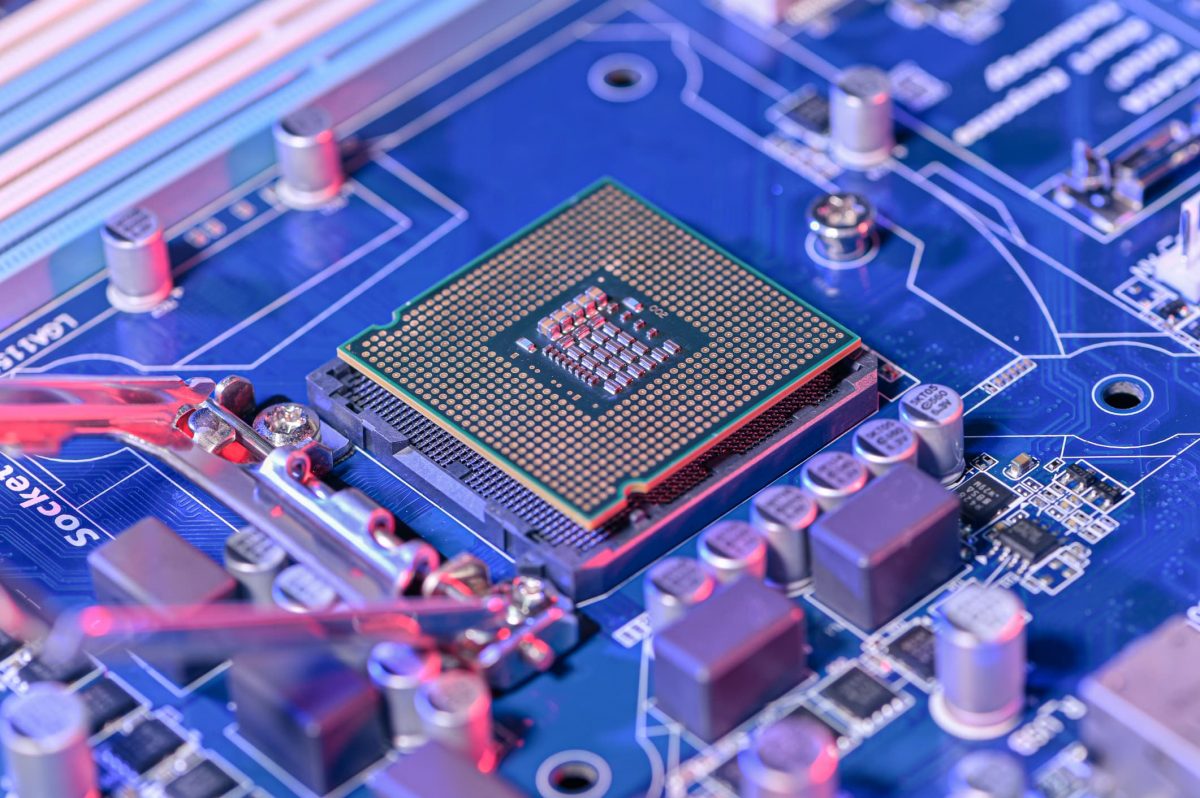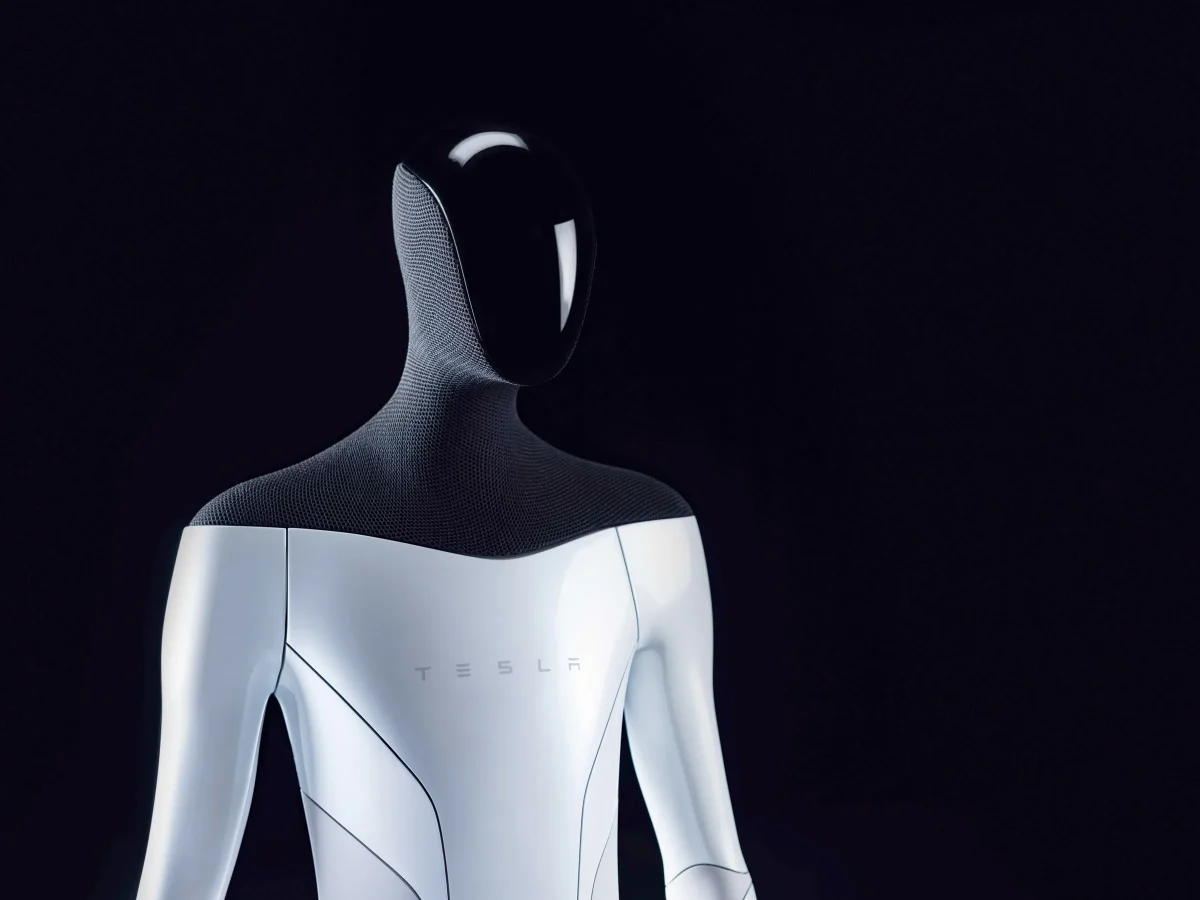Hopes of recovering lost sales and growth opportunities after the pandemic have not been so optimistic for the automotive industry. Among the many devastating effects of the pandemic, the semiconductor chip shortage is one which has affected a wide range of industries significantly. This shortage was a combination of a lack of demand and production during 2020, and a resulting bottleneck in the chip manufacturing process. This post will zoom into the effects of the shortage on the automotive industry, which has been suffering profoundly.
Semiconductor chip manufacturing
Semiconductor chips are made of silicon and are used to power electric devices. They are virtually everywhere, and in most electric devices you use. The production of semiconductor chips and building the fabs for producing them is extremely expensive and time consuming. Suppliers of chips need to earn a minimum of $3 billion in profits for each fab to be able to generate money, and this has been difficult following the pandemic and its economic consequences. With regards to time constraints, chip manufacturing takes over 3 months. As such, combining the complexity, time, and financial costs of producing semiconductor chips, the shortage has been extremely difficult to face and will take years to overcome.
Chip shortage in the automotive industry
In terms of the automotive industry, semiconductor chips are essential components in the car manufacturing process. These are vital for car features like emergency braking systems.
The chip shortage’s expected costs in 2021 for the automotive industry are $210 billion because of slowed production, much longer lead times and the postponement of new product launches (the forecasted effects of the shortage in 2021 as a whole almost doubled from May to today according to CNBC). These devastating effects are only expected to subside by 2023, when there is expected to be an overcapacity of semiconductor chips.
How has this affected demand and supply?
On the demand side, customers are more willing to wait until the shortage subsides to purchase vehicles. Further, they are more likely to switch between car manufacturers depending on who can satisfy their demand first. This has strongly influenced the role brand loyalty plays in the automotive industry and has also led to individuals moving towards the used car market. Following the pandemic, demand has also risen naturally, and this has been met with reduced supply in the automotive industry.
On the supply side, car manufacturers are starting to look at leaner and more efficient production processes. Make-to-order models are becoming more popular as car manufacturers navigate the chip shortage. This could be an interesting development for the future of car manufacturing post-shortage. Further, car prices are seeing an increase.
The shortage of semiconductor chips has highlighted how the pandemic has influenced the economy in profound ways. Further, it indicates the vulnerable balance between supply and demand forces and it will be interesting to see how and if car manufacturers will overcome the effects of the shortage and make it to 2023.
References:
https://www.bloomberg.com/graphics/2021-chip-production-why-hard-to-make-semiconductors/
https://eu.freep.com/story/money/cars/2021/06/15/car-chip-shortage-2021/7688773002/


